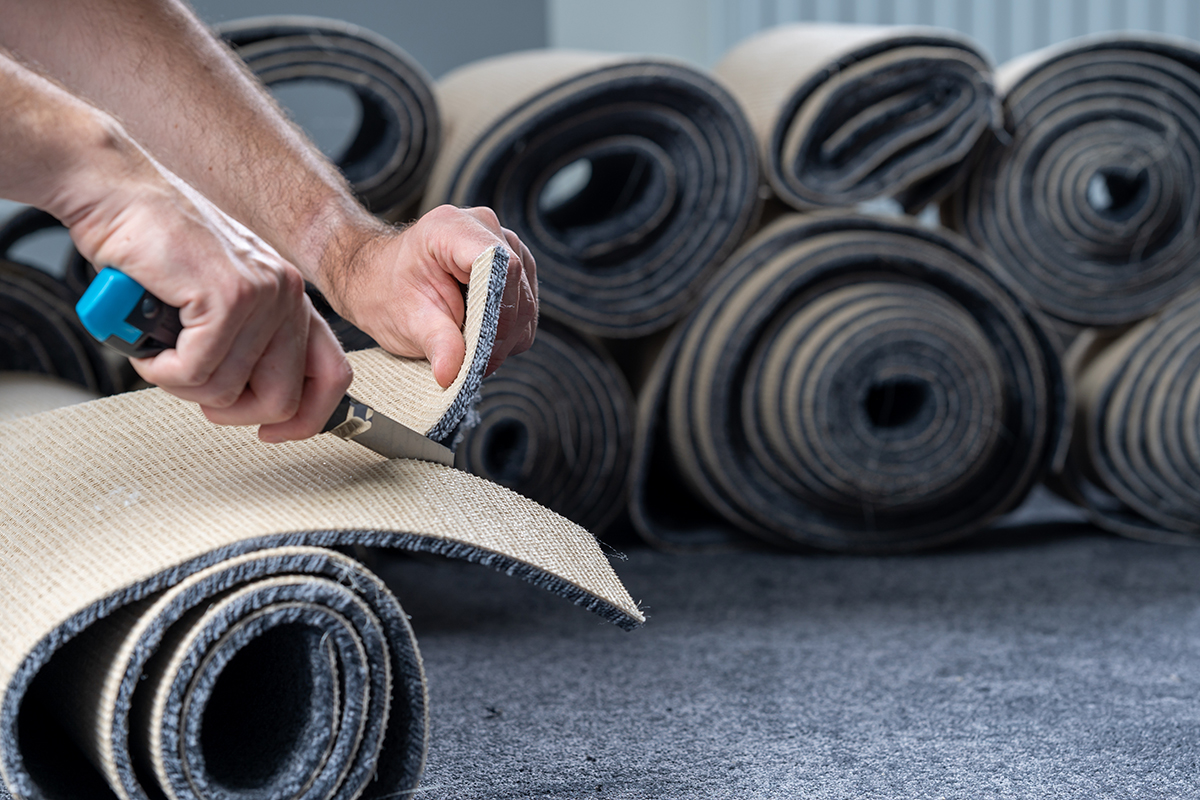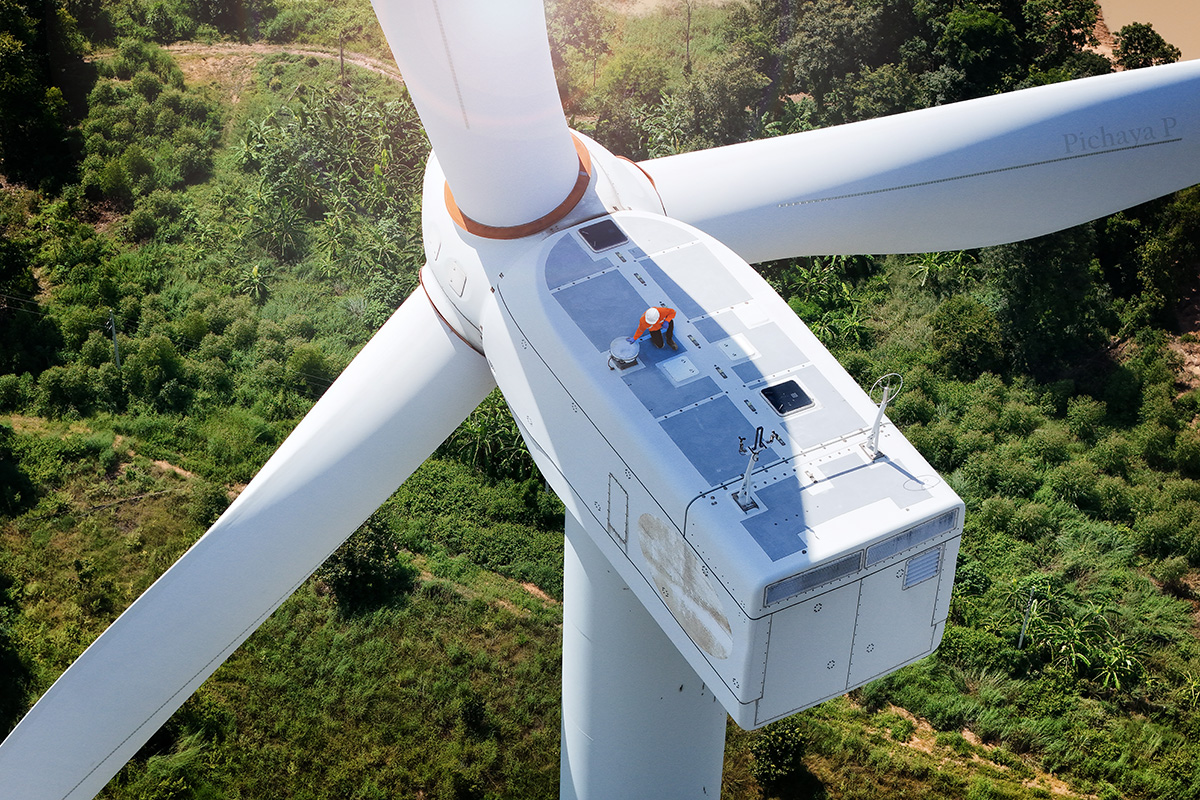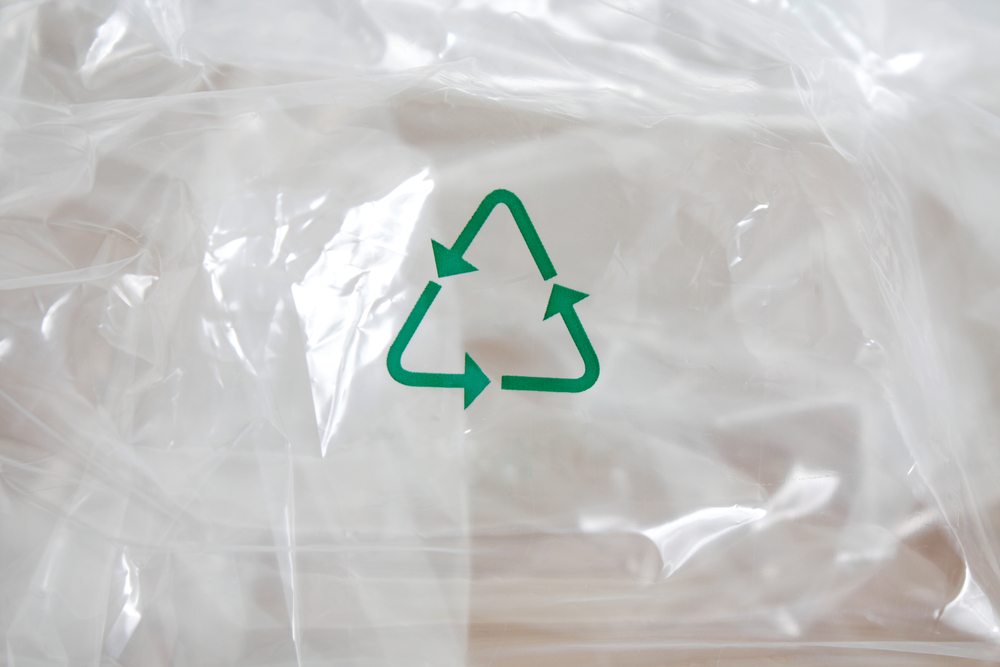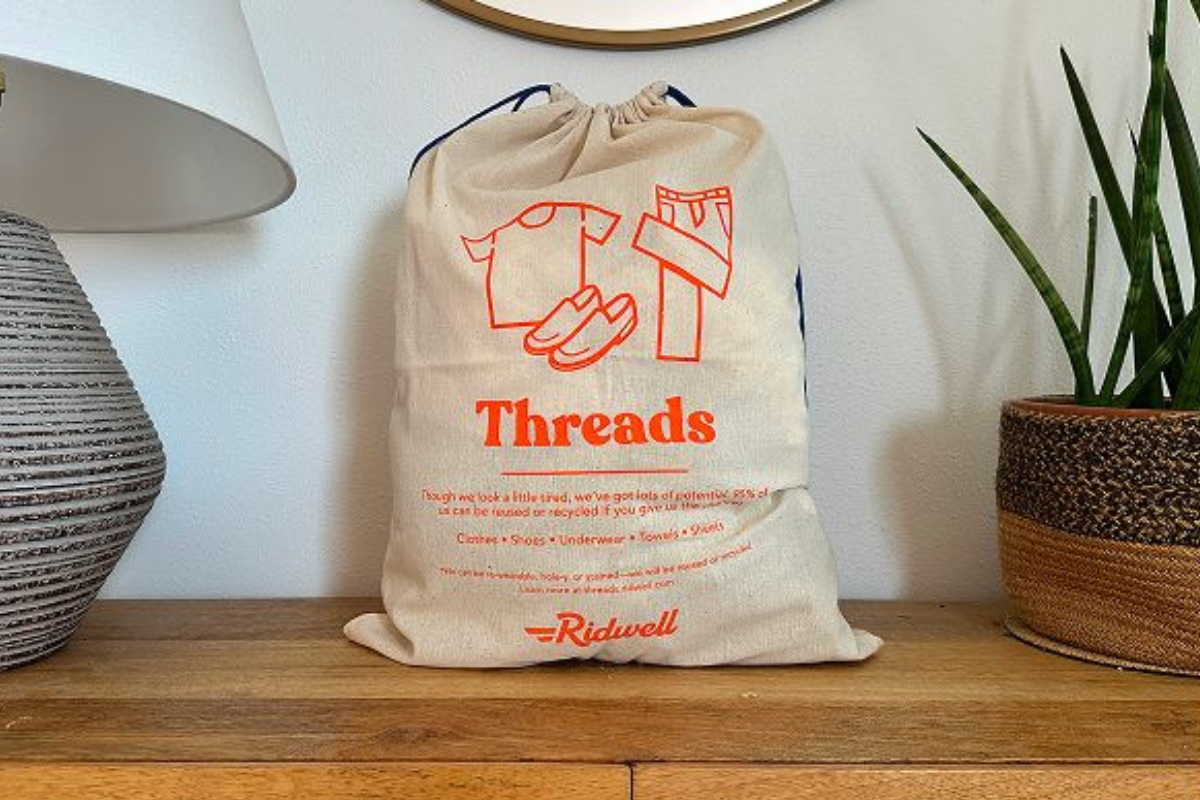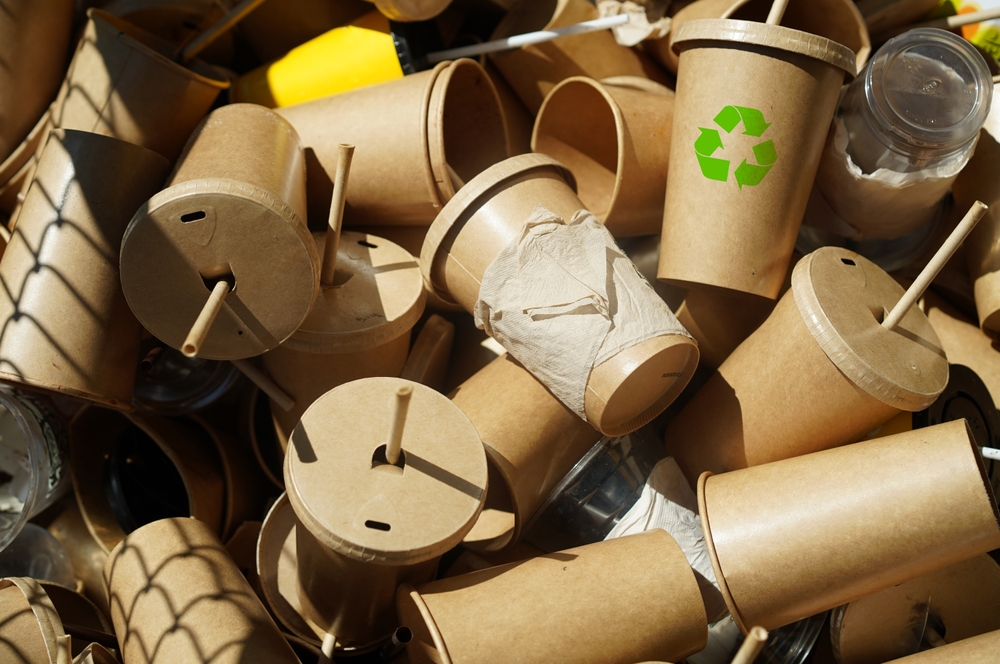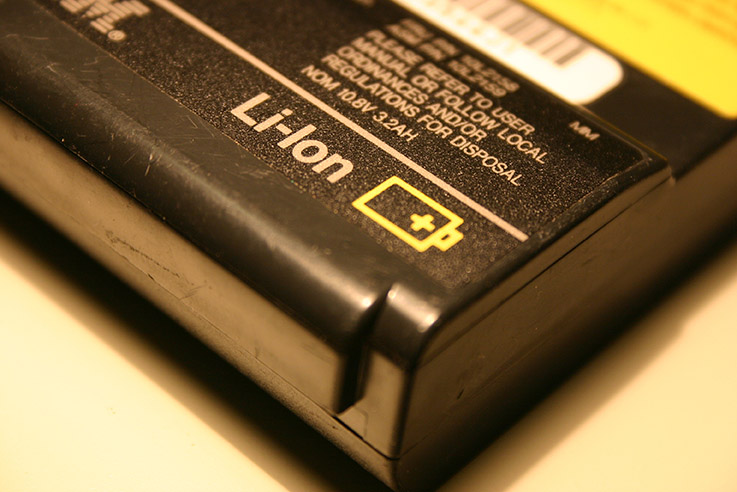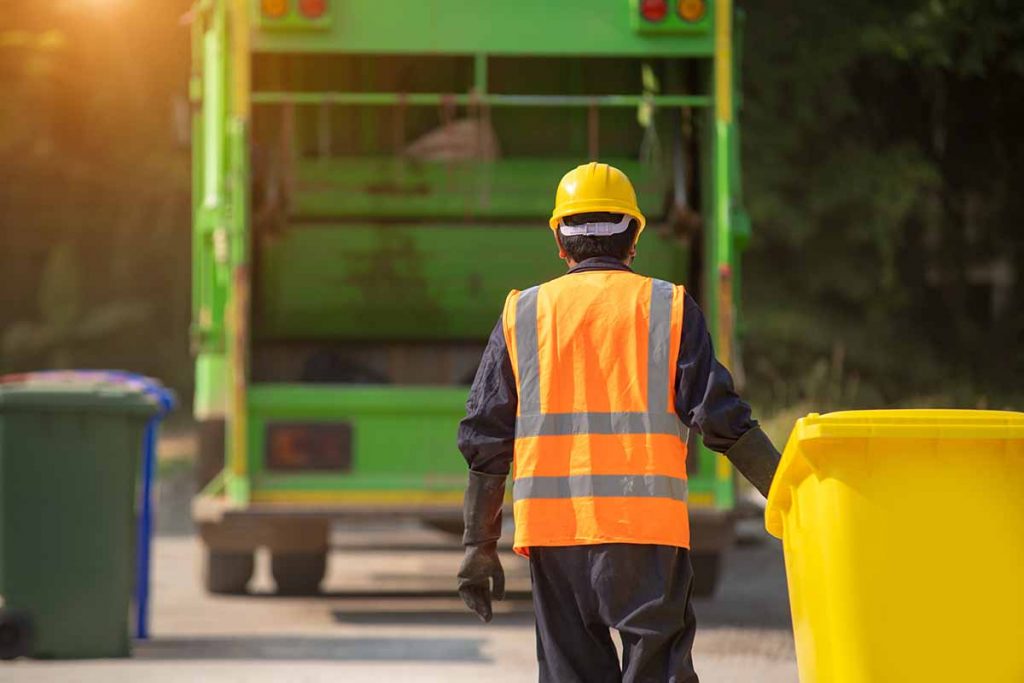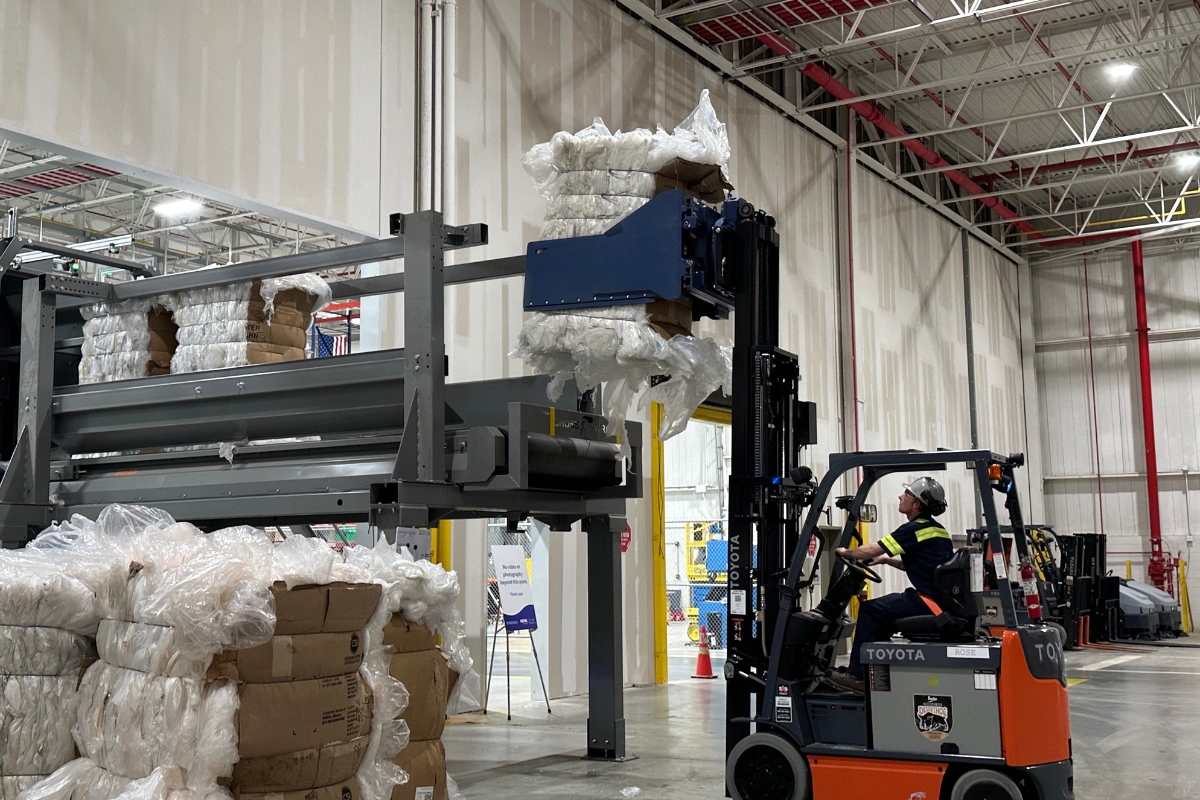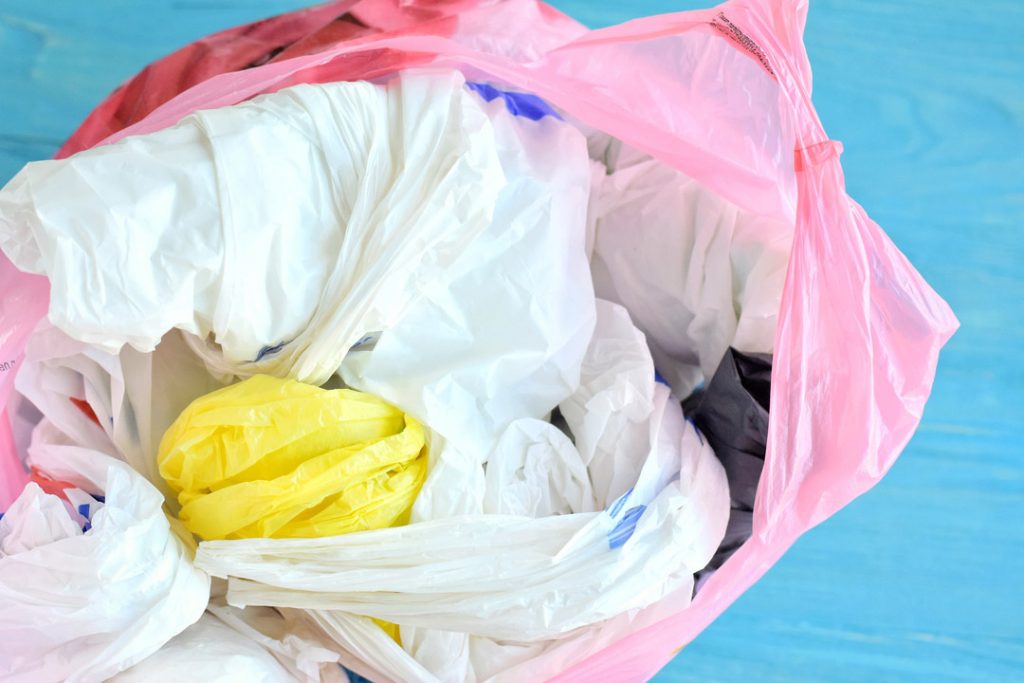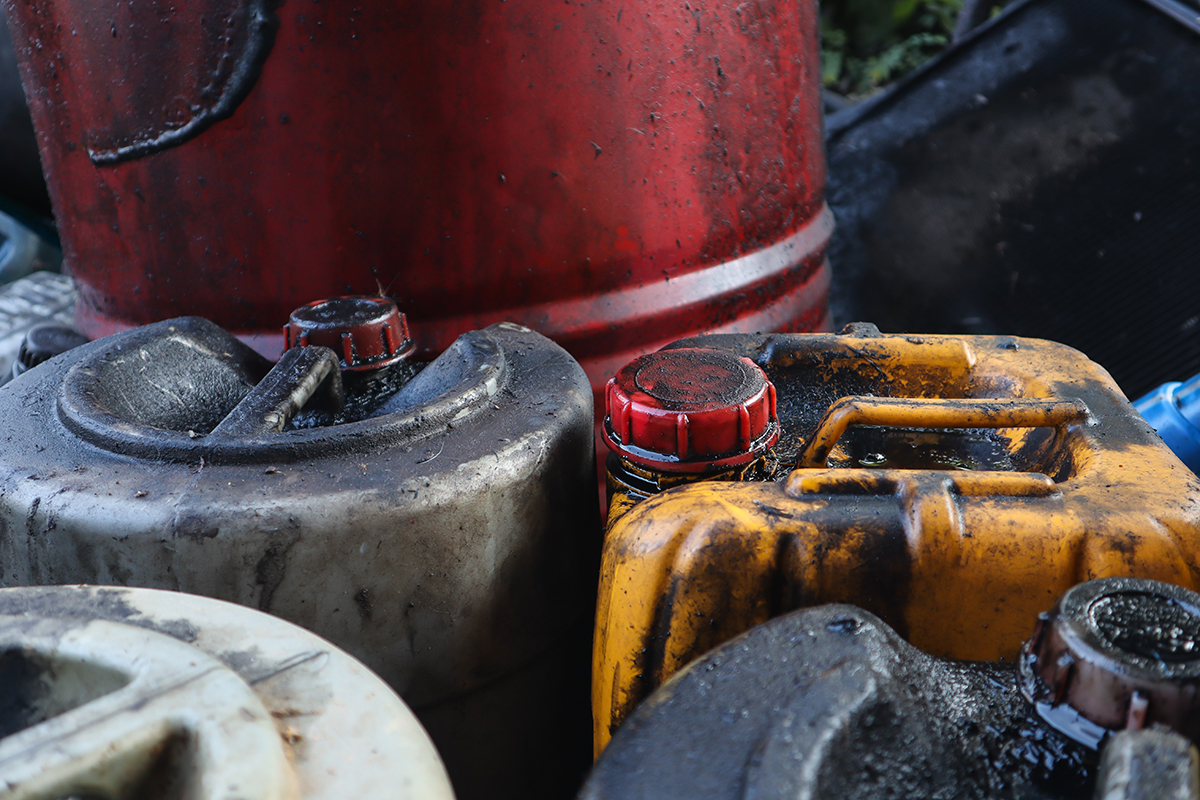
The Lubricants Packaging Management Association became the first independent producer responsibility organization to gain approval in a state EPR program. | Air Images / Shutterstock
Although a designated producer responsibility organization (PRO) receives much of the attention for any state’s emerging extended producer responsibility (EPR) plan for packaging, independent PROs quietly address more specialized needs. Continue Reading


